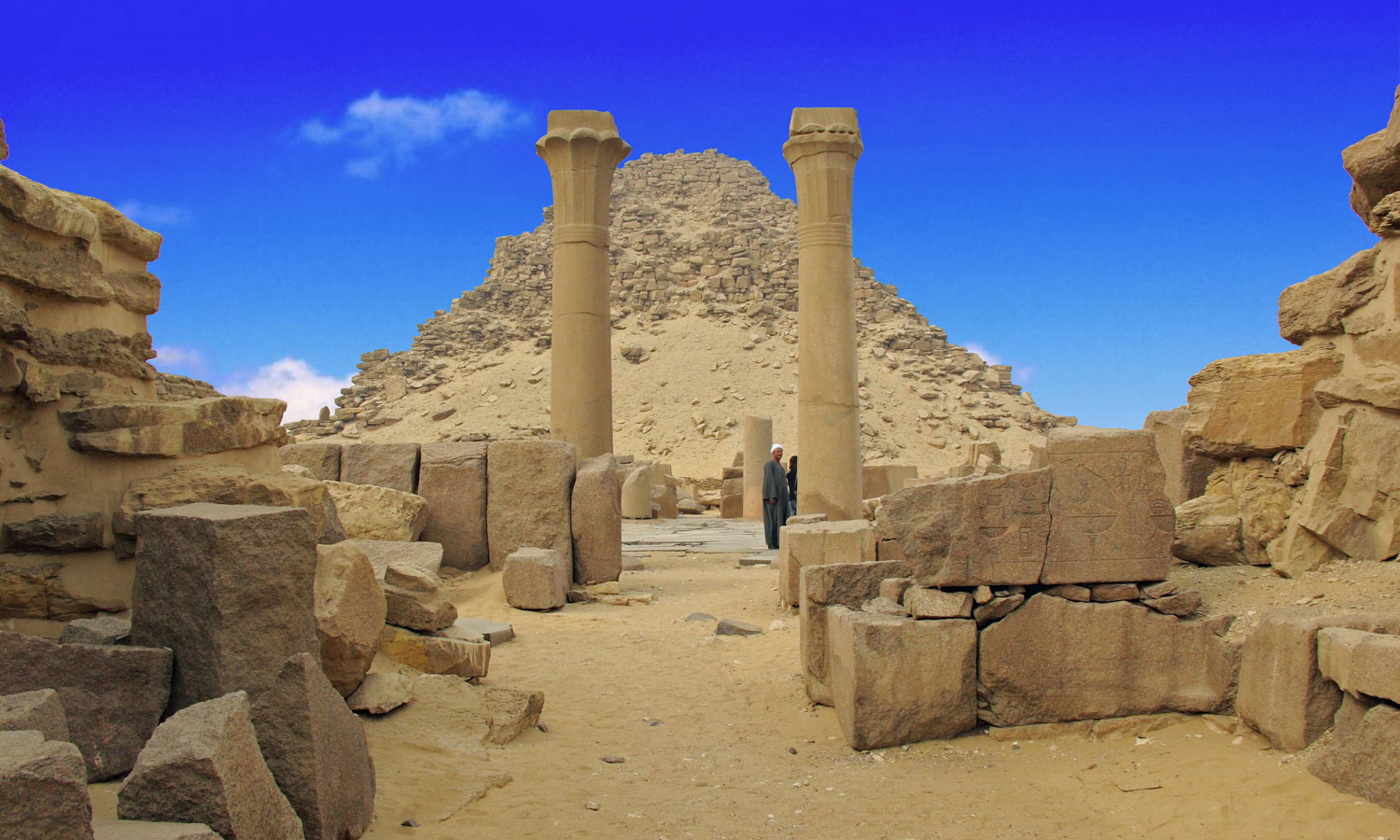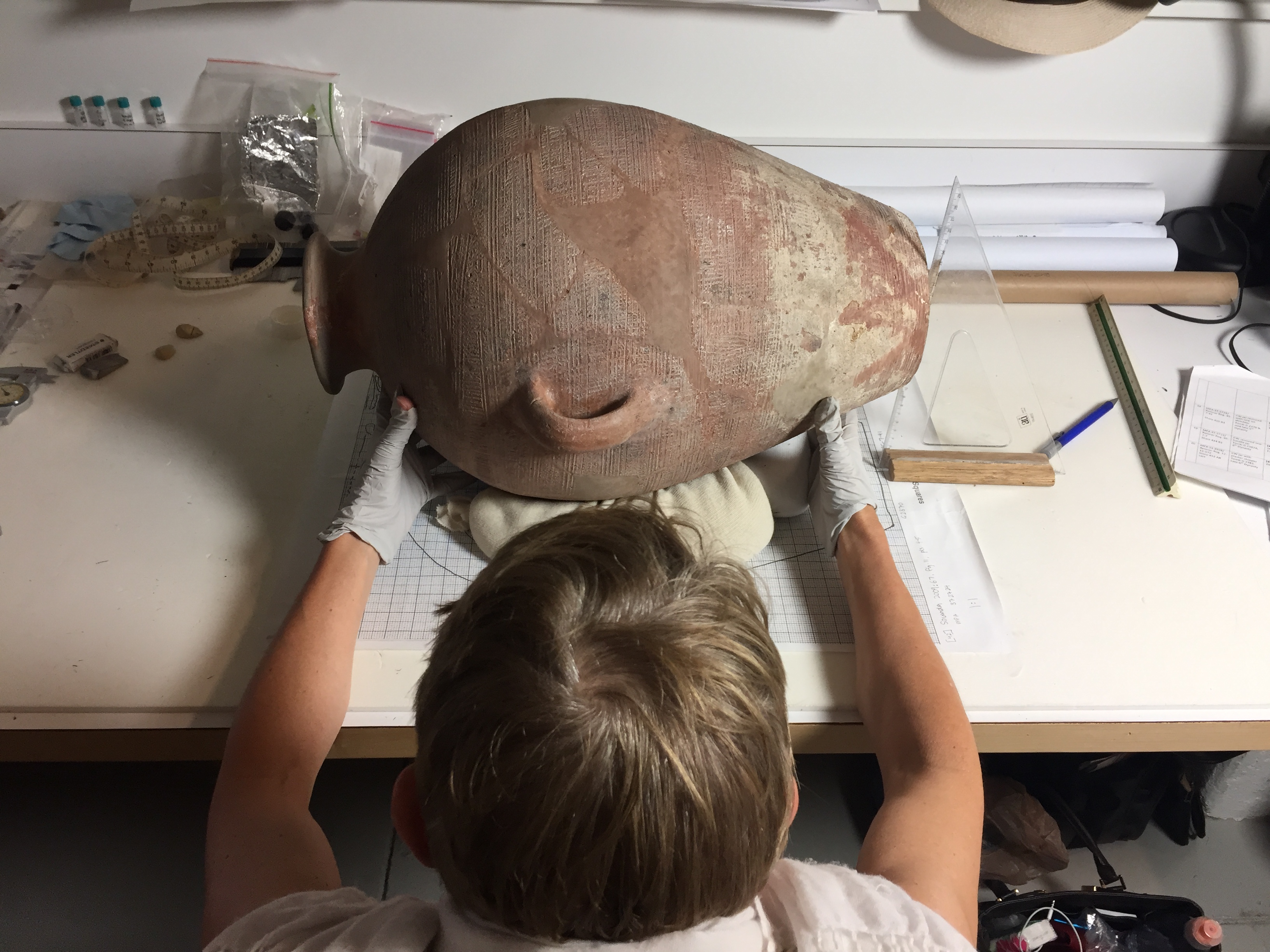Events
Details of the 2023 Program of Events and Functions
2023 The Australian Centre for Egyptology/Rundle Annual Dinner
The Australian Centre for Egyptology Annual Dinner returns on Saturday 9 September (6.30pm for a 7pm start) and will be held at the Ryde-Eastwood Leagues Club.
Cost $85 per person
Our keynote speaker will be Macquarie University alumnus Dr Aaron de Souza. Many of our members will be familiar with Aaron’s work and the dinner will be a wonderful opportunity to hear about his recent travels and the latest about his research. An abstract of his talk, On the Beautiful Blue Danub(ia): Four years studying ancient Nubia in contemporary Vienna, is available below.
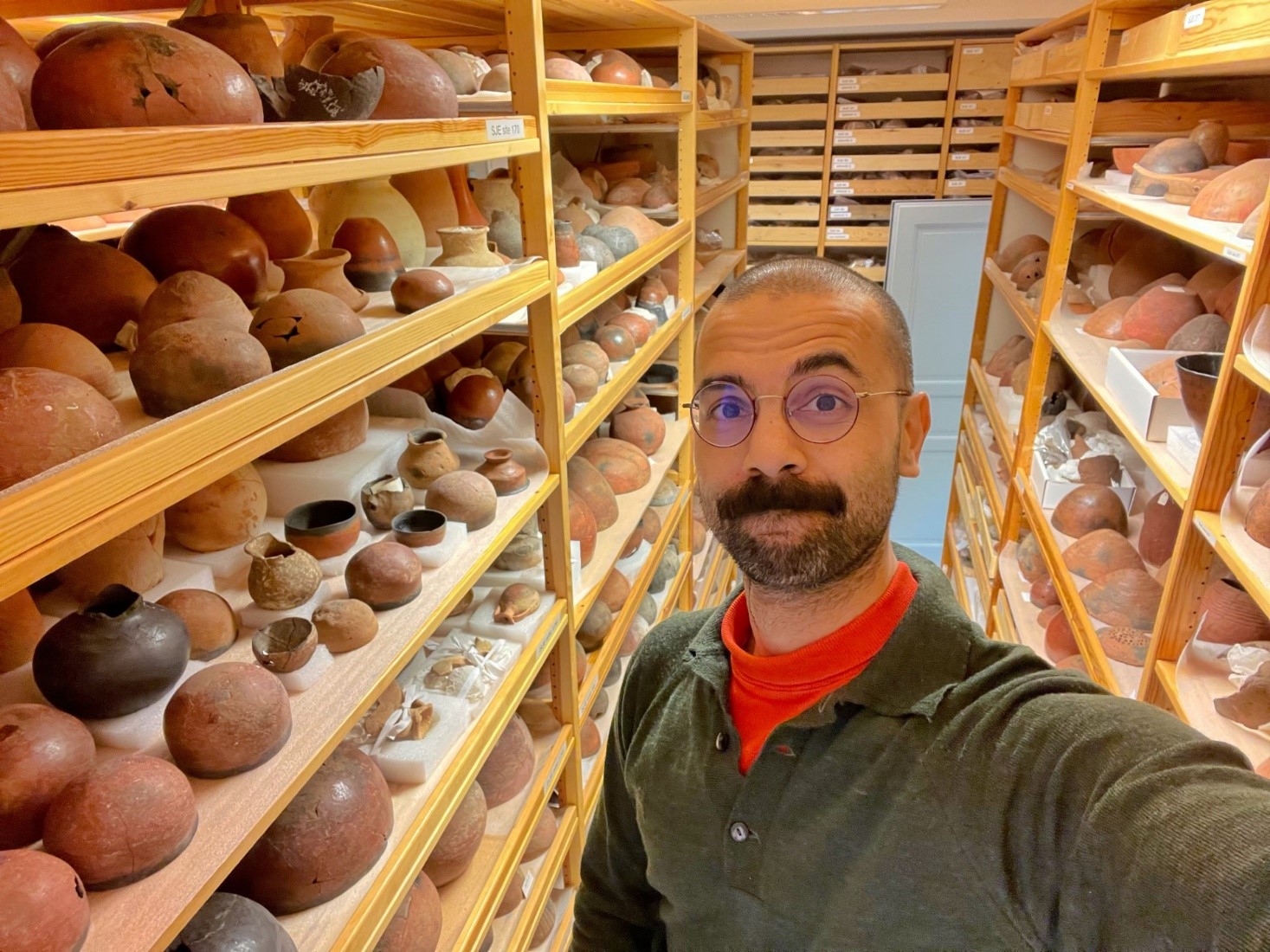
ABSTRACT
Four years. Two fellowships. One long and winding journey. Returning to Sydney after a long time away, Aaron is excited to share with you highlights of his experience unravelling the histories of ancient Nubia at an Egyptological hub in Central Europe. From breaking down cultural divisions, to organising conferences, ‘excavating’ museum collections, and even to establishing a journal, Aaron’s academic experience in Vienna was as diverse and varied as the cultures he was studying. But more than just research results, you’ll hear about life at the heart of Europe during four tumultuous years, and about a complicated relationship with contemporary academia that resulted in an unexpected opportunity that brought Aaron back ‘home’… in every sense of that word.
To register Please click here
If you wish to be seated with nominated others, or if you have special dietary requirements, it will be necessary to completed the form and return ot to the ACE office at egypt@mq.edu.au.
**************************************************************************************************************************************************
1. The 2023 The The Rundle Foundation for Egyptian Archaeology Annual ConferenceEgypt in the Pyramid AgeDate: Saturday, July 29 2023 Time: 10am - 5pm Where: Building C, 25 Wally's Walk, Macquarie University Cost: (includes lunch and both morning and afternoon tea):
The conference will feature our 2023 Gale Visiting Fellows,Dr Mohamed Megahed and Dr Hana Vymazalová from the Czech Institute of Egyptology at Charles University in Prague. Dr Megahed and Dr Vymazalová are currently working at the Old Kingdom necropolis at Abusir and the cemetery of king Djedkare and we are very pleased to soon welcome them to Macquarie University. T The titles of the four conference talks will be:
|
2. Join us for our illustrated Zoom lecture series
Lectures are scheduled for 15th February, 15th March, 15th April, 17th May, 14th June, 16th August, 20th September, 18th October.
Save the dates now and watch this site for details.
Lecture 6
Where: via Zoom only
Dr Andrew Connor from Monash University

Dr Andrew Cooper from Monash University will present a talk entitled:
"Not drowning but waving? Between temples and empire in Roman Egypt"
Abstract:
With the Augustus’ conquest of Egypt and the creation of the new province of Aegyptus, newly arrived imperial administrators came face to face with some of the most physically and figuratively imposing institutions in the country: the temples. The indigenous temples of Egypt retained a vast religious, cultural, social, and economic role, even as the growing numbers of legionaries, prefects, and administrators marked an inexorable shift of power away from the traditional centres of power along the Nile. From Roman Egypt’s first poet-governor to temple staff finding new ways to resolve internal feuds, the story of Rome’s time in Egypt became interwoven with the long, complex history of Egypt’s temple-focused religion. This talk will explore how Roman administrators and temple officials could understand each other, where they might find common ground, and the impact that their centuries of coexistence had on the history, art, and documentary record of Egypt.
To register for this lecture click here

****************************************************************************************************************************************************
Lecture 5
Where: Arts Precinct 25C WW, room 120/121 and via Zoom
Sue Kelly will present a talk on "New Technology Illuminating Ancient Evidence"
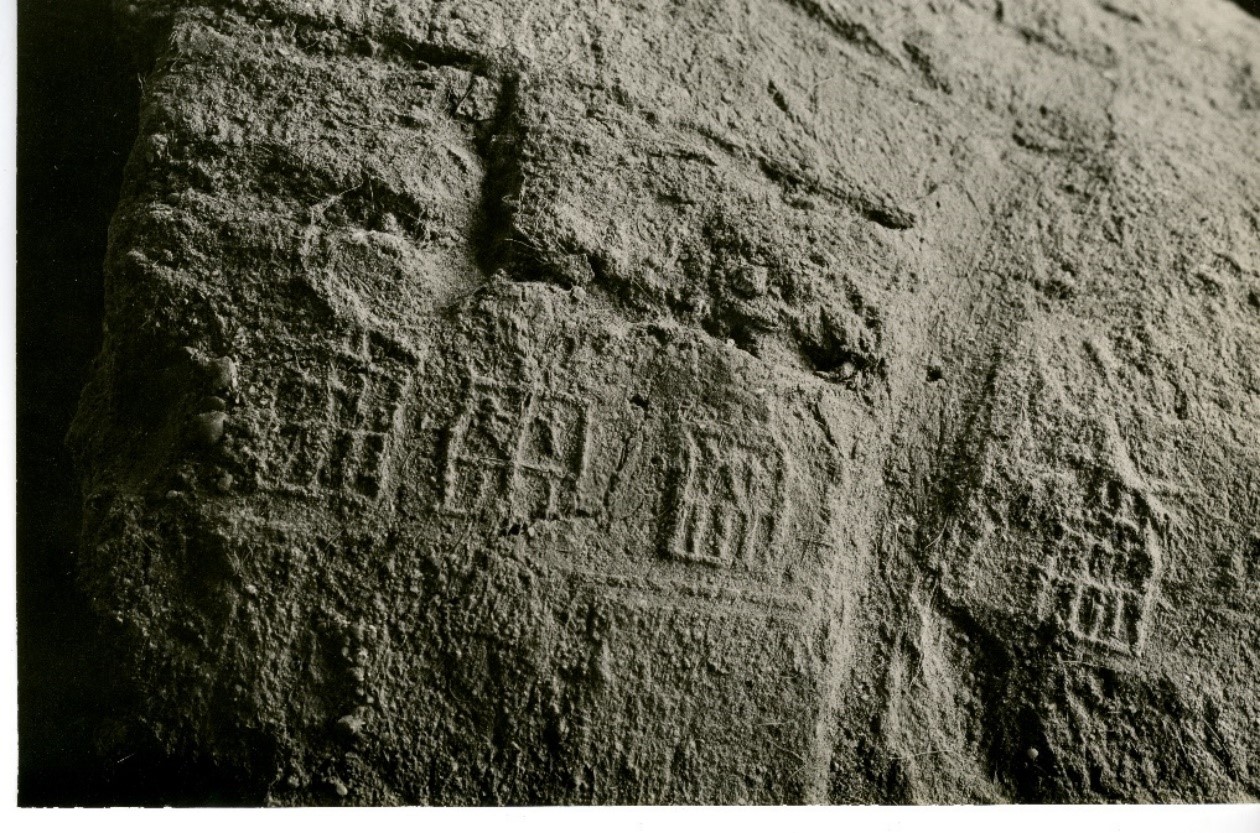
Minimal scholarly acceptance and debates continue over First Dynasty female rulers. Particularly, the ownership and significance of Meretneith’s serekh. A collaborative study with Digital Technician and Illustrator Crystal Miller, from Macquarie University, is testing this hypothesis, which aims to shed new light on this old debate.
In his 1954 publication, Emery published a line drawing and included a plate with the photographs of some of the thirteen seal impressions recovered from S3503. The seal impressions on clay depict four serekhs three side-by-side, with a gap before the fourth. Emery confirmed the first serekh belonged to Djer but described the others as possible serekhs that do not appear to name Djer or be surmounted by the Horus falcon. Various explanations have been offered why this serekh should not belong to Meretneith, which are addressed in this paper.
With the help of the Egypt Exploration Society staff, I obtained high resolution scans of Emery’s original photos of the seal impressions. In a collaborative study with Crystal Miller utilising Precise Digital Imprint Restoration© (PDIR) we were able to reproduce and analyse the seal impression. This ground-breaking digital method utilises advanced software tools to enhance and reconstruct ancient text and images with unparalleled accuracy and clarity. In short, the result is comparable to the age-old technique of charcoal rubbing but from a photograph not the artefact. It allowed us to capture the intricate details recorded on the seal impression. By combining a rigorous examination of the archival material with the precision afforded by digital tools, this research promises the potential to reshape our understanding of Meretneith and her political role in the First Dynasty.
To Register Please click here
Lecture 4
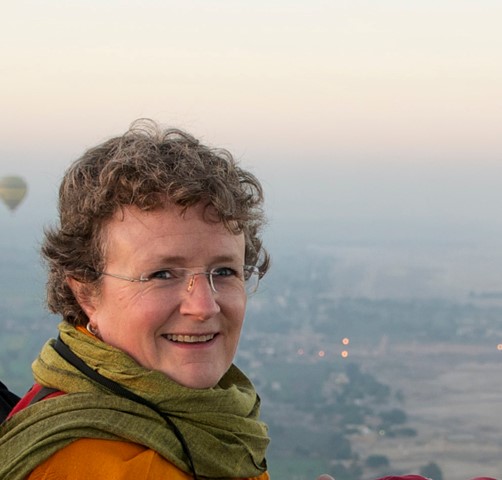
DrJennifer Hellum is the Senior lecturer in Egyptology, in the department of Classical Studies and Ancient History, at the University of Auckland
She specialises in the languages of ancient Egypt, particularly Middle Egyptian. She is interested in the ancient Egyptian religion, art, and literature, and her current research examines the historiographical relationship between Orientalism and the decipherment and interpretation of ancient Egyptian. She has participated in several excavations in Egypt, at Mendes, Giza, and Abydos, and has led groups of students on study trips to Egypt.
Jennifer will present a talk on:
The Ghost of Christianity in Egyptian Religion
Christianity provided the vocabulary used to translate ancient Egyptian texts. It was natural that it should have done so, given the religion of the original translators, but using this vocabulary does not represent ancient Egyptian religion as a discrete and self-contained faith. Concepts, such as ‘saint’, ‘chapel’, ‘eternity’, and ‘heaven’ only loosely fit the Egyptian concepts to which they’re applied, if they fit at all. The fact that the Egyptians had two different conceptions of ‘eternity’, for example, indicates that their conceptual religious worldview was fundamentally different than ours. Translating both Dt and nHH as ‘forever’ does a very real disservice to the complex Egyptian concepts of ‘eternity’. The use of King James’ or Biblical English in translations of Egyptian religious literature is likewise problematic. This both deceptively elevated and distanced the literature (and hence, the religion itself) from modern readers by using archaic terminology and grammatical structures that specifically reference an antique English translation of the Bible. The ancient religious literature does not use the equivalent style of language. This made the English translations doubly artificial, in intent and in form. The original translators could not help but impose their Christianity on the ancient religion; in so doing, they created a kind of hybrid religion that was both familiar and accessible to modern Western scholars, but it used a vocabulary that did not describe the Egyptian original. This talk will examine the issue of the linguistic shadow cast by Christianity over ancient Egyptian religion, and consider the approaches by which this can be rectified.
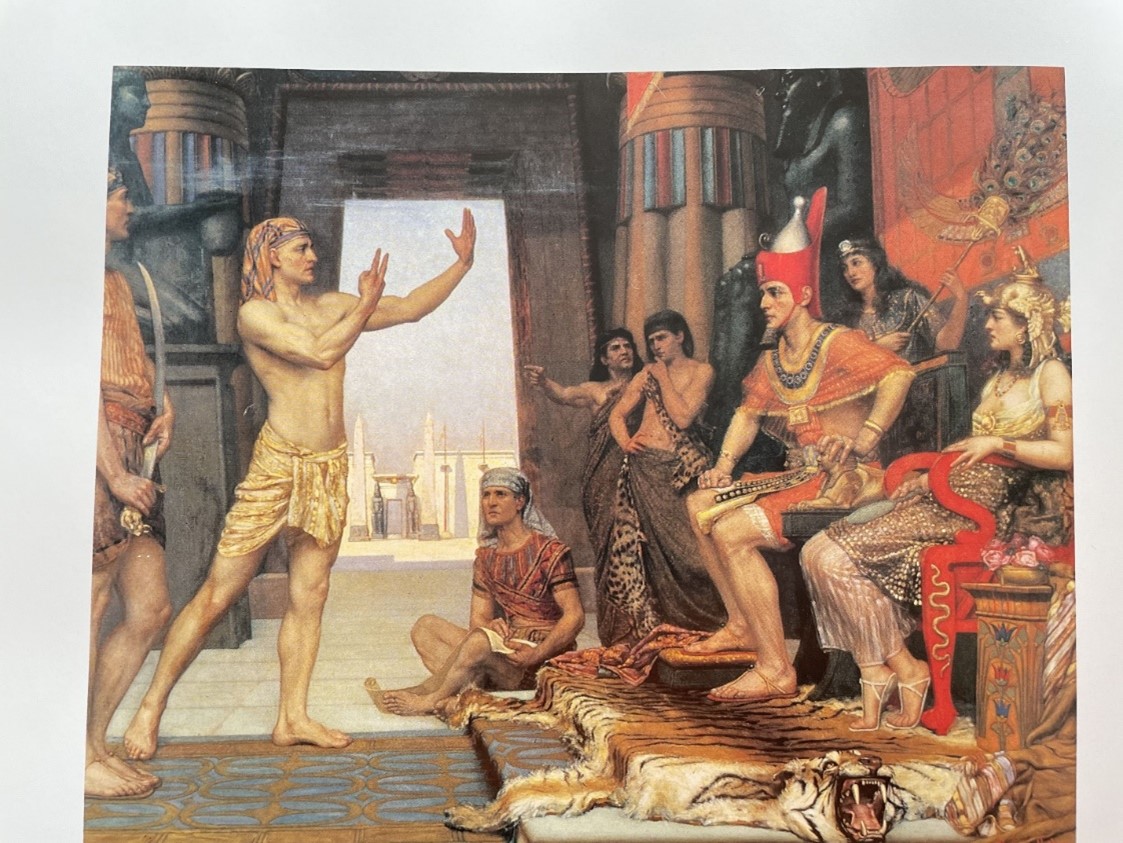
Lecture 3
For those attending in person, wine and nibbles from 5pm
Eleuteria Abreu De SOUSA
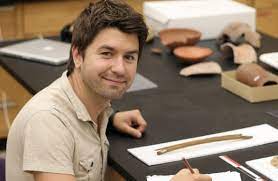
Moo-ving around the landscape: An isotopic perspective for cattle mobility and interconnections between Egypt and the southern Levant in the 3rd millennium BCE.
Eleuteria is a PhD candidate in the Department of History and Archaeology. His research is concerned with trade and the movement of cattle in the third millennium BC, with a focus on Egypt from the 1st–6th Dynasties.
Lecture 2
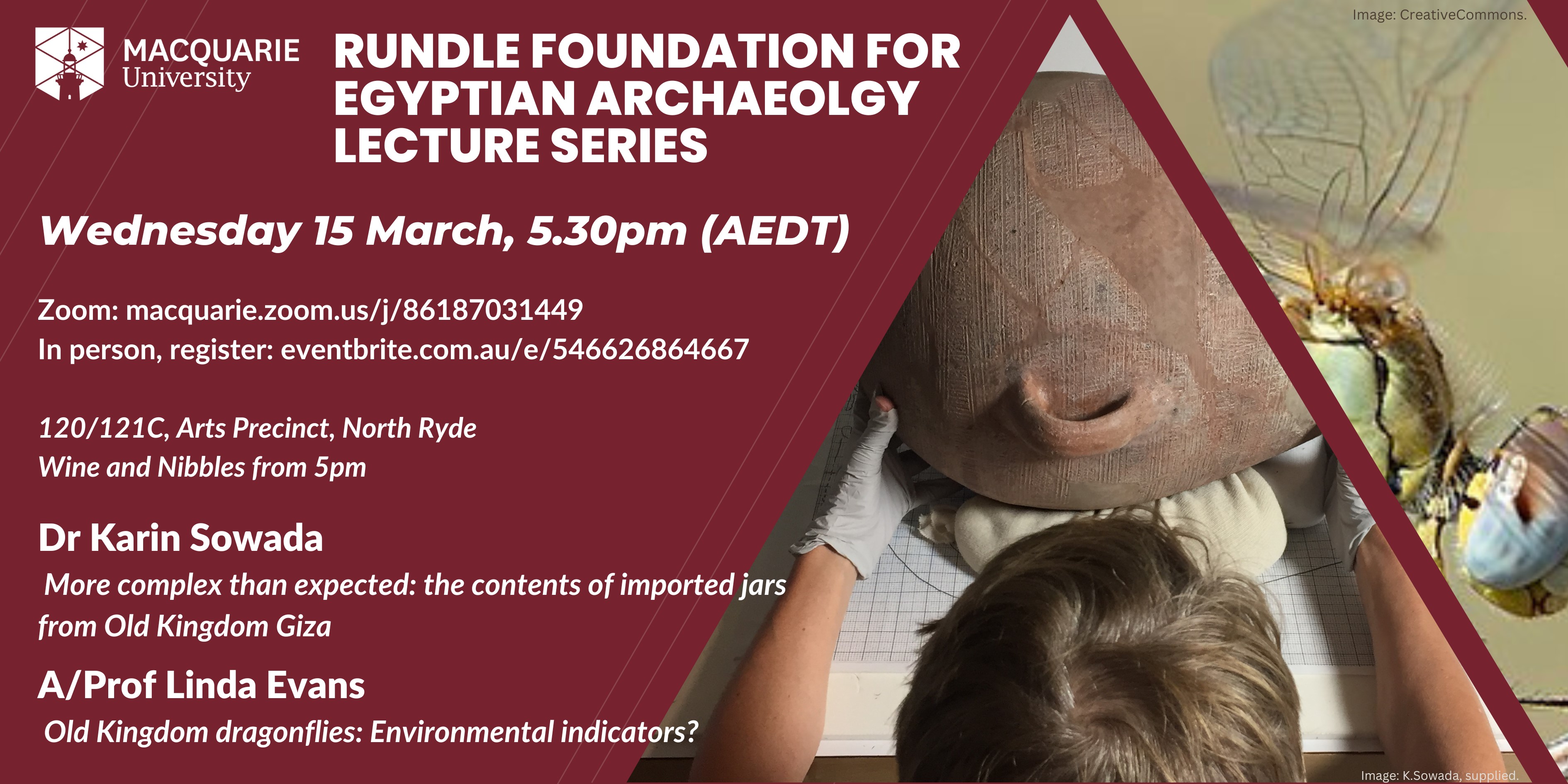
More complex than expected: the contents of imported jars from Old Kingdom Giza
Karin Sowada, Macquarie University, Sydney
Many imported ‘combed’ storage jars were found by Dr George Reisner at Giza on behalf of the Harvard University-Boston Museum of Fine Arts (MFA) Expedition early last century. The MFA now holds the largest number of such jars outside Egypt, which have been studied since 2017 for Dr Sowada’s Australian Research Council Project on trade in the Old Kingdom. Until now, limited analysis has been conducted on the contents, with wine, olive oil and cedar/coniferous resins all proposed. Evidence suggests that many jars were likely used more than once prior to deposition; also, the jars are affected by multiple post-excavation interventions. As a result, the difficulties of working with legacy data and museum material, and the nature of preserved residues on the other, becomes a multi-disciplinary detective story featuring ancient and modern human interventions.
Old Kingdom dragonflies: Environmental indicators?
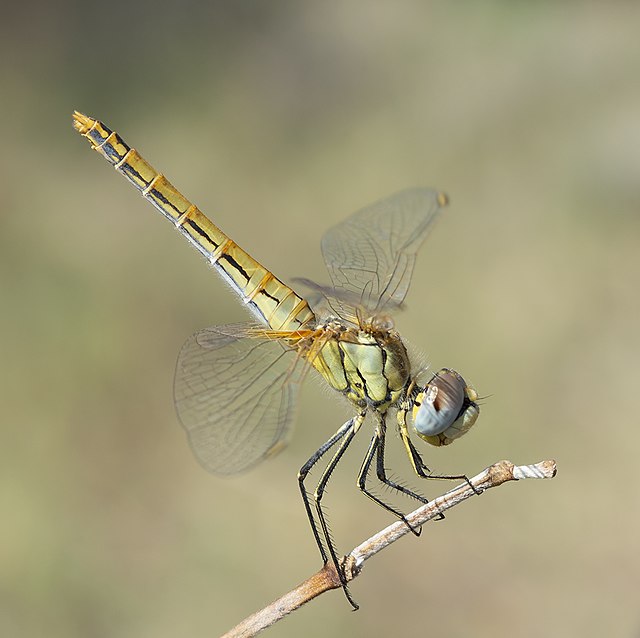
Linda Evans, Macquarie University, Sydney
************************************************************************************************************************************************
Lecture 1
Lecture by Dr Fred Hardtke "El Hosh in Upper Egypt"
Wednesday, 15 February 2023 at 5:30 PM AEDT
By Zoom and in person 25 Wally's Walk, Macquarie Park, NSW 2109
Dr Hardtke will speak his work at El Hosh in Upper Egypt, where he is recording desert graffiti and petroglyphs
Dr Fred Hardtke - The Belgian-Australian Mission to El Hosh, Egypt
Located in Upper Egypt, 600 km south of Cairo, the site of El Hosh is known for its rock art which occupies a vast span of ages from the Late Palaeolithic (part of a tradition dated to greater than 15,000 BP) to recent times. This, in addition to the Epipalaeolithic and Predynastic art, is important for our understanding of prehistoric activity along the Nile during these times, particularly since intact archaeological sites proximal to the river are rare due to the annual flood. The expanses of rock art here and in surrounding areas were first noted in the late 19th century and thereafter partially recorded by a number of missions to the area, including the Leo Frobenius expedition in the 1920s, H.A Winkler in the 1930s and a Belgian Mission in the late 1990s to early 2000s. In November 2019, a Belgian-Australian mission undertook a new phase of rock art research at the site. This new phase seeks to systematically record all rock on the site, but with a specific research focus on the ubiquitous Predynastic material to be found here. The first season of this new mission concentrated on the three main areas of Abu Tanqura Qibli Qibli (ATQQ), Abu Tanqura Qibli (ATQ) and Curly Arm Rock (CAR). This paper will cover the results of this first season with initial interpretation of the finds.
3. 2023 Annual Mini Conference of The Rundle Foundation for Egyptian Archaeology
"NEW HORIZONS IN EGYPTIAN ARCHAEOLOGY”
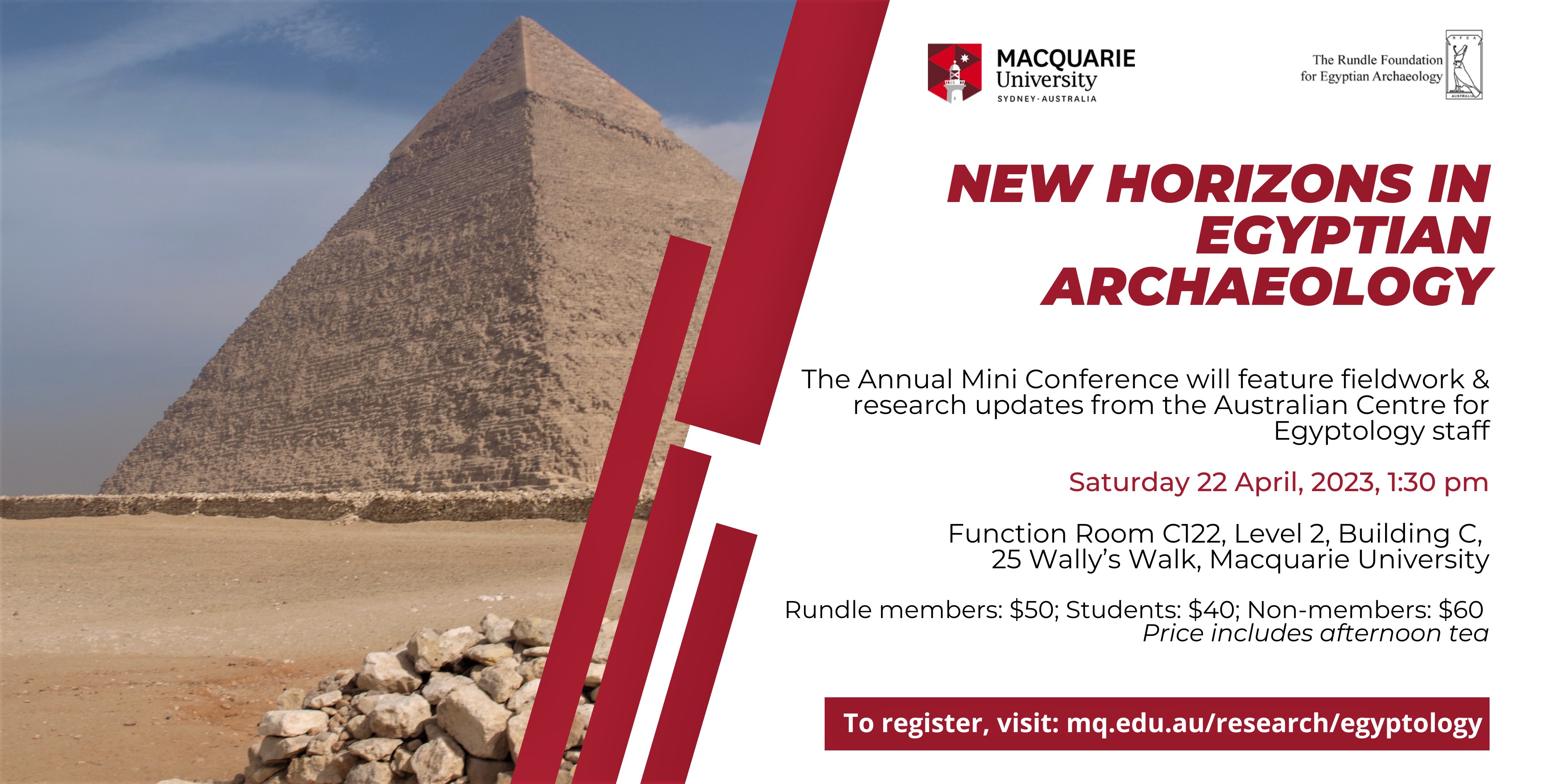
When: 22nd April 2023
Time: 1:30 pm
Where: Function Room C122
Level 2, Building C. 25 Wally’s Walk Macquarie University 2109
Cost:
Member: $50.00
Student: $40.00
Non- Member: $60.00
The annual Mini Conference of The Rundle Foundation for Egyptian Archaeology “ NEW HORIZONS IN EGYPTIAN ARCHAELOGY” will be held on 22nd April 2023. Afternoon tea is included. The Conference will feature fieldwork and research updates from ACE members. Afternoon tea is included in the price.
********************************************************************************************************************************************


